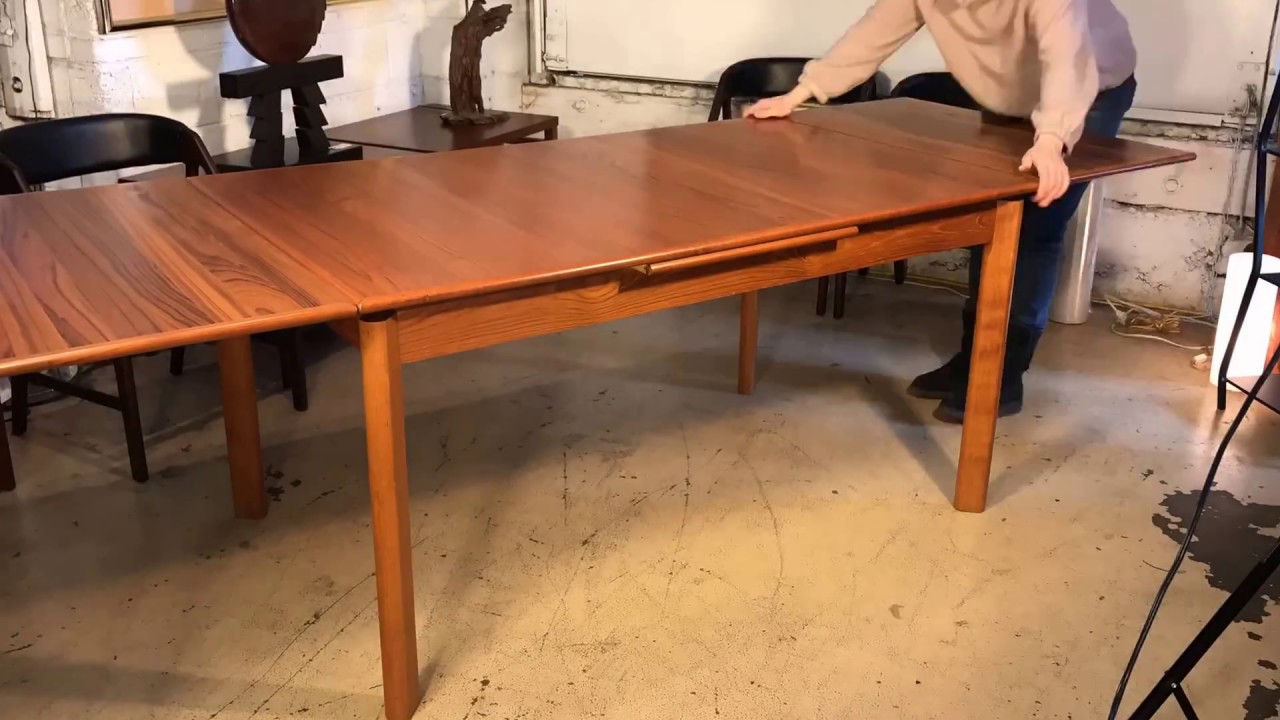

Tableware
How To Set A Danish Modern Table
Modified: February 20, 2024
Learn how to set a Danish modern table with stylish tableware. Discover tips for creating an elegant dining experience at home.
(Many of the links in this article redirect to a specific reviewed product. Your purchase of these products through affiliate links helps to generate commission for Storables.com, at no extra cost. Learn more)
Introduction
Welcome to the world of Danish modern tableware! Setting a table is an art form, and Danish modern tableware brings a touch of elegance and sophistication to any dining experience. With its sleek and minimalist design, Danish modern tableware is a perfect blend of functionality and beauty.
In this article, we will explore the essential elements of setting a Danish modern table. From choosing the right tableware to arranging the perfect linens, we will guide you through the steps to create a visually appealing and inviting table setting.
Whether you are hosting a formal dinner party or simply enjoying a meal with your family, mastering the art of table setting can enhance the overall dining experience. It’s time to set your table with a touch of elegance and simplicity. Let’s dive in and discover how to create a Danish modern table setting that will impress your guests and elevate your dining space.
Key Takeaways:
- Elevate your dining experience with Danish modern tableware, focusing on clean lines, subtle colors, and high-quality materials for a visually stunning and inviting ambiance.
- Attention to detail in table setting, from choosing the right tableware to adding finishing touches, creates a harmonious and sophisticated dining experience reflective of Danish modern design principles.
Read more: How To Build A Modern Table
Choosing the Right Tableware
When setting a Danish modern table, selecting the right tableware is key to creating a cohesive and stylish look. Danish modern tableware is characterized by its clean lines, timeless designs, and high-quality materials. Here are some factors to consider when choosing your tableware:
1. Material: Danish modern tableware is often made from durable and sustainable materials such as porcelain, stoneware, or bone china. Each material has its unique texture and finish, so choose one that aligns with your personal preference and the overall aesthetic of your dining space.
2. Colors and Patterns: Danish modern tableware often features subtle and understated colors, such as shades of white, gray, or pastels. Minimalistic patterns or geometric designs are also common. Consider the existing color scheme and style of your dining area when selecting the colors and patterns of your tableware.
3. Number of Place Settings: Determine the number of place settings required based on your typical number of guests. Danish modern tableware is available in sets of different sizes, ranging from intimate settings for two to larger sets for larger gatherings.
4. Additional Pieces: Consider any additional serving pieces or accessories you may need to complete your table setting. This might include serving platters, bowls, gravy boats, or even a tea or coffee set. Having the right pieces on hand ensures a seamless and functional dining experience.
5. Versatility: Look for tableware that can easily transition from everyday use to special occasions. Danish modern tableware is known for its versatility, offering pieces that are suitable for both casual and formal dining.
By taking these factors into account, you can choose tableware that not only complements your personal style but also reflects the essence of Danish modern design.
Selecting the Perfect Linens
When it comes to setting a Danish modern table, linens play a crucial role in adding texture, color, and a touch of luxury. Here are some tips for selecting the perfect linens for your table:
1. Tablecloth: Start by choosing a tablecloth that fits the size and shape of your table. Danish modern table settings often feature tablecloths in neutral or monochromatic tones, such as white, grey, or beige. Opt for a high-quality fabric like linen or cotton for a luxurious and sophisticated look.
2. Placemats and Runners: If you prefer a more contemporary look, consider using placemats or table runners instead of a tablecloth. Danish modern tableware pairs well with placemats in solid colors or subtle patterns. Experiment with different materials, such as bamboo, rattan, or linen, to add visual interest to your table.
3. Napkins: Choose napkins that coordinate with your tablecloth or placemats. Danish modern table settings often feature crisp, white napkins, but you can also explore muted tones or natural hues. Fold the napkins in a simple and elegant manner, such as a classic rectangle or a stylish triangular fold.
4. Texture and Layers: Consider adding texture and layers to your table setting by incorporating items like a textured runner, a lace overlay, or a patterned napkin ring. These small details can elevate the overall aesthetic of your table and create a visually pleasing dining experience.
5. Accessorize with Coasters and Trivets: To protect your Danish modern tableware and add an extra touch of style, invest in coasters and trivets. Look for options in materials like wood, marble, or cork that complement the design elements of your tableware.
Remember, linens are not only functional but also serve as an opportunity to express your personal style and create a cohesive table setting. Set your table with the perfect linens to enhance the overall aesthetic and ambiance of your dining space.
Setting the Foundation with Chargers and Placemats
Creating a well-structured and visually appealing Danish modern table starts with setting the foundation using chargers and placemats. These elements not only protect your table but also add depth and dimension to your table setting. Here’s how to incorporate chargers and placemats into your Danish modern table:
1. Chargers: Chargers are large, decorative plates that are placed underneath the dinner plates. They add an elegant and luxurious touch to the table setting. Opt for chargers in materials like glass, ceramic, or metal that complement the color palette and design aesthetic of your tableware.
2. Placemats: Placemats serve as a stylish and functional base for each place setting. Danish modern table settings often feature placemats in solid colors or subtle patterns. Choose placemats that coordinate with your chargers and tableware while adding visual interest to the table.
3. Placement: Position the chargers at the center of each place setting, ensuring that they’re aligned with the edges of the table. Place the placemats on top of the chargers, ensuring that they’re centered and straight.
4. Color and Texture: Consider the color and texture of the chargers and placemats in relation to the rest of the table setting. Danish modern design often favors neutral tones and minimalistic textures. Choose chargers and placemats that enhance the overall aesthetic without overpowering the rest of the tableware.
5. Experiment: Don’t be afraid to get creative and mix and match different chargers and placemats for a more eclectic look. You can layer different sizes, materials, or colors to add visual interest and uniqueness to each place setting.
By incorporating chargers and placemats into your Danish modern table, you establish a solid foundation that elevates the entire dining experience. These elements add a touch of sophistication and style while providing practical benefits for both formal occasions and casual gatherings.
Placing the Dinner Plates
Placing the dinner plates is a crucial step in setting a Danish modern table. The arrangement of the plates not only sets the tone for the meal but also contributes to the overall aesthetic of the table setting. Here’s how to place the dinner plates on your Danish modern table:
1. Start with a Solid Foundation: Begin by ensuring that the chargers or placemats are centered at each place setting. This provides a stable base for the dinner plates.
2. Center the Dinner Plate: Place the dinner plate directly on top of the charger or placemat. Ensure that the plate is centered and aligned with the edges of the table. Danish modern table settings often feature a minimalist approach, so leave equal spacing between the plate and the edge of the charger or placemat.
3. Consider Plate Size and Shape: Danish modern tableware comes in various plate sizes and shapes. Opt for round or square dinner plates that harmonize with the overall design aesthetic. Choose a size that fits comfortably within the charger or placemat, leaving enough space for other elements of the table setting.
4. Create Visual Symmetry: Arrange the dinner plates in a visually symmetrical manner across the dining table. This creates a sense of balance and order. Ensure that the plates are equidistant from each other, maintaining consistent spacing throughout the table.
5. Pay Attention to Plate Design: Danish modern dinner plates often feature clean lines and elegant simplicity. Take into consideration the plate design and any decorative elements, such as subtle patterns or textured rims. These should be visible and add to the overall aesthetic of the table setting.
6. Functional Considerations: While focusing on aesthetics, also consider the practical aspects of placing dinner plates. Leave enough space between each plate to comfortably accommodate cutlery and glassware. A thoughtful arrangement ensures that guests have enough room to enjoy their meal without feeling cramped.
By carefully placing the dinner plates, you can achieve a visually pleasing and organized Danish modern table setting. This sets the stage for a memorable dining experience while showcasing the beauty of the tableware and the overall design aesthetic.
Read more: How To Modernize A Country-Style Table
Arranging the Salad Plates
When setting a Danish modern table, arranging the salad plates is an important step in creating a cohesive and visually appealing table setting. Salad plates serve as a complement to the dinner plates and add a touch of elegance to the overall presentation. Here’s how to arrange the salad plates on your Danish modern table:
1. Placement: Begin by placing the salad plate on top of the dinner plate. The salad plate should be centered and aligned with the edges of the dinner plate, creating a layered effect.
2. Size and Shape: Danish modern salad plates are typically smaller in size compared to the dinner plates. Opt for round or square salad plates that harmonize with the rest of the tableware. Ensure that the size of the salad plate is proportionate to the dinner plate, maintaining a balanced and visually pleasing arrangement.
3. Consider Plate Design: Danish modern salad plates often feature sleek and minimalist designs. Pay attention to any decorative elements or patterns on the plates. Coordinate the design of the salad plates with the rest of the tableware, ensuring a cohesive and harmonious look.
4. Functional Considerations: Take into account the functionality of the salad plates when arranging them. Leave enough space on the table to comfortably accommodate the salad forks and knives beside the salad plates. Ensure that guests have enough room to easily access their salad plates without feeling cramped.
5. Visual Symmetry: If you are setting a table for multiple guests, arrange the salad plates in a visually symmetrical manner. Place the salad plates equidistant from each other, maintaining consistent spacing throughout the table. This creates a sense of balance and order, enhancing the overall aesthetic.
6. Layering and Stacking: If you prefer a more minimalist look or have limited space, you can opt to stack the salad plates on top of the dinner plates. Place one salad plate on top of another, ensuring they are aligned and centered. This creates a visually interesting and space-saving arrangement.
By carefully arranging the salad plates, you can enhance the visual appeal and sophistication of your Danish modern table setting. This attention to detail allows you to showcase the beauty of the tableware while providing a practical and inviting dining experience for your guests.
Positioning the Soup Bowls
When it comes to setting a Danish modern table, the positioning of the soup bowls requires careful consideration. Soup bowls not only add an elegant touch to the table setting but also serve as functional vessels for serving delicious soups or stews. Here’s how to position the soup bowls on your Danish modern table:
1. Placement: Begin by placing the soup bowl on top of the salad plate. The soup bowl should be centered and aligned with the edges of the salad plate, creating another layer in the table setting.
2. Size and Shape: Danish modern soup bowls are typically deeper and wider than salad plates or dinner plates. Choose soup bowls that are proportionate to the rest of the tableware. Opt for bowls with clean lines and a minimalist design that complements the overall aesthetic of your Danish modern table.
3. Consider Bowl Design: Pay attention to any decorative elements or textures on the soup bowls. Danish modern design often favors simplicity, but subtle patterns or textured rims can add visual interest. Coordinate the design of the soup bowls with the rest of the tableware to maintain a cohesive look.
4. Spoon Placement: When positioning the soup bowls, remember to place a soup spoon on top of each bowl. The spoon can be placed horizontally across the rim of the bowl or vertically alongside the bowl. Ensure that the spoon handle aligns with the edges of the soup bowl, adding to the overall symmetry of the table setting.
5. Functional Considerations: Position the soup bowls within easy reach of each guest, allowing them to comfortably access the spoon and enjoy their soup. Leave enough space on the table for guests to place the spoon down when not in use, ensuring a convenient and tidy dining experience.
6. Visual Symphony: Arrange the soup bowls in a visually symmetrical manner, especially if you are setting a table for multiple guests. Place the bowls equidistant from each other, maintaining consistent spacing throughout the table. This creates a sense of balance and harmony, enhancing the overall aesthetic.
By positioning the soup bowls thoughtfully, you can elevate the table setting of your Danish modern table. This attention to detail not only enhances the visual appeal but also ensures a practical and enjoyable dining experience for your guests.
When setting a Danish Modern table, opt for minimalist and functional tableware with clean lines and natural materials to complement the sleek and timeless design of the furniture.
Displaying the Bread and Butter Plates
When setting a Danish modern table, displaying the bread and butter plates adds a touch of elegance and functionality to the overall table setting. These plates are designed to hold bread, butter, or other small appetizers, offering a convenient and stylish addition to the meal. Here’s how to display the bread and butter plates on your Danish modern table:
1. Placement: Begin by positioning the bread and butter plates above the dinner plate, on the left-hand side. Place them slightly above the forks, creating a visually appealing arrangement.
2. Size and Shape: Danish modern bread and butter plates are smaller in size compared to the dinner plates. Opt for round or square plates that complement the shape and design of the rest of the tableware. Ensure that the bread and butter plates are proportionate to the size of the table and the other elements on the table.
3. Consider Plate Design: Pay attention to the design aesthetic of the bread and butter plates. Danish modern table settings often feature minimalist design elements. Choose plates with clean lines and understated designs that align with the overall aesthetic of your Danish modern table.
4. Placement of Butter: If you are serving butter with your bread, consider placing a small butter knife or butter spreader on the bread and butter plates. Ensure that the handle of the knife aligns with the edges of the bread and butter plate for a balanced and symmetrical display.
5. Functional Considerations: When placing the bread and butter plates, ensure they are easily accessible to each guest. Leave enough space between the plates to allow guests to comfortably reach for the bread and butter without disturbing the rest of the table setting. This ensures a seamless and convenient dining experience.
6. Visual Harmony: Arrange the bread and butter plates in a visually pleasing and symmetrical manner. If you are setting a table for multiple guests, place the plates equidistant from each other, ensuring consistent spacing throughout the table. This creates a sense of balance and harmony on your Danish modern table.
By displaying the bread and butter plates with care and thoughtfulness, you enhance the elegance and functionality of your Danish modern table setting. This attention to detail adds a refined touch to the overall dining experience, creating a welcoming and visually pleasing ambiance for your guests.
Folding the Napkins
Folding the napkins is an important step in setting a Danish modern table, as it adds a decorative and sophisticated touch to each place setting. A well-folded napkin not only enhances the overall aesthetic but also creates a sense of care and attention to detail. Here’s how to fold the napkins for your Danish modern table:
1. Choose a Napkin: Begin by selecting a high-quality napkin that coordinates with the color scheme and style of your Danish modern table. Opt for fabric napkins in neutral tones or subtle patterns to maintain the minimalist look.
2. Classic Rectangle Fold: The classic rectangle fold is a timeless and versatile option that works well for Danish modern table settings. Start by laying the napkin flat on a clean surface, ensuring it is free from wrinkles or creases. Fold the napkin in half lengthwise, creating a long strip. Then, fold it in half widthwise. The resulting folded napkin should be a rectangular shape.
3. Triangle Fold: The triangle fold adds a touch of elegance and visual interest to the table setting. Begin by folding the napkin in half diagonally, creating a triangle shape. Position the napkin with the open end facing away from the plate. For an additional touch, you can tuck in the corners or use a napkin ring to secure the fold.
4. Pocket Fold: The pocket fold is both stylish and functional, providing a space to tuck in silverware or decorative elements. Start by folding the napkin in half diagonally to create a triangle shape. Next, fold the left and right corners towards the center, creating a smaller triangle. Fold up the bottom portion of the napkin to form a pocket. This pocket can hold silverware, a place card, or a decorative floral element.
5. Additional Folds: There are countless other napkin folding techniques you can explore to add a unique touch to your Danish modern table. Some options include the fan fold, envelope fold, or bow tie fold. Experiment with different folds to find the one that best complements your tableware and overall aesthetic.
6. Placement: Once the napkins are folded, place them either on top of the dinner plate or to the left of the forks. Ensure they are neatly arranged and aligned with the rest of the table setting.
By folding the napkins with care and creativity, you can elevate the visual appeal of your Danish modern table. Each folded napkin adds a special touch, enhancing the overall elegance and sophistication of the table setting.
Read more: How To Make A Mid-Century Modern Table
Adding the Silverware
Adding the silverware is a crucial step in setting a Danish modern table. The proper placement of knives, forks, and spoons not only ensures a seamless dining experience but also adds a touch of refinement to the table setting. Here’s how to add the silverware to your Danish modern table:
1. Start with the Forks: Begin by placing the fork or forks to the left of the dinner plate. Danish modern table settings typically include a dinner fork and a salad fork. The dinner fork should be placed closest to the dinner plate, with the salad fork to its left.
2. Position the Knives: Place the knife or knives to the right of the dinner plate. The blade of the knife should face inward, towards the plate. Danish modern table settings often include a dinner knife and a butter knife. The dinner knife is placed closest to the dinner plate, with the butter knife to its right.
3. Arrange the Spoons: Position the spoons to the right of the knives. Danish modern table settings typically include a soup spoon and a dessert spoon. The soup spoon is placed closest to the dinner plate, with the dessert spoon to its right.
4. Consider Order and Symmetry: Arrange the silverware in the order in which it will be used during the meal. The forks should be placed in the order they will be used, starting from the outermost fork. The same applies to the knives and spoons, with the outermost silverware being used first. This creates a sense of order and functionality.
5. Maintain Consistent Spacing: Ensure that there is enough space between each piece of silverware to allow guests to easily access them. Leave equal spacing between each fork, knife, and spoon for a visually appealing and balanced arrangement.
6. Additional Considerations: If you are incorporating specialty or serving utensils, such as a serving spoon or tongs, place them above the dinner plate or alongside the other silverware. These utensils should align with the overall symmetry and order of the table setting.
By adding the silverware in the correct placement, you create a polished and refined Danish modern table setting. This attention to detail enhances the dining experience and showcases the beauty of the tableware while ensuring practicality and functionality.
Placing the Glassware
Placing the glassware on a Danish modern table is an essential step that adds elegance and sophistication to the overall table setting. The proper arrangement of glassware ensures that each drink is served in the right vessel and adds a visual element of beauty to the table. Here’s how to place the glassware on your Danish modern table:
1. Water Glasses: Start by placing the water glasses at the top right corner of the dinner plate, above the knives and spoons. Danish modern table settings typically feature water glasses with a simple and minimalistic design that complements the style of the tableware.
2. Wine Glasses: Position the wine glasses to the right of the water glasses. Danish modern table settings often include wine glasses for red and white wine. The red wine glass is larger and wider, while the white wine glass is slimmer and narrower. Place the glasses in the order they will be used, with the red wine glass closest to the water glass.
3. Champagne Flutes: If serving champagne or sparkling wine, place the champagne flutes to the right of the wine glasses. Danish modern champagne flutes are tall and elegant, with a slender shape. These glasses add a touch of sophistication and celebratory flair to the table.
4. Consider Glass Design: Danish modern glassware often features clean lines and a minimalist design. Choose glassware that complements the overall aesthetic of your Danish modern table. Opt for clear glassware to showcase the color and clarity of the beverages served, or choose glassware with subtle accents that tie into the design elements of the tableware.
5. Maintain Consistent Alignment: Arrange the glassware in a visually pleasing and symmetrical manner. Make sure that the glasses are evenly spaced and aligned with each other. This creates a sense of harmony and balance on the table.
6. Additional Glassware: Depending on the occasion and the type of beverages being served, you may incorporate other glassware such as cocktail glasses or highball glasses. Place these glasses to the right of the champagne flutes or wine glasses, maintaining the overall symmetry and order of the table setting.
By placing the glassware thoughtfully, you enhance the visual appeal and refinement of your Danish modern table setting. Each glass serves as both a functional vessel and a decorative element, contributing to an enjoyable and sophisticated dining experience for your guests.
Adding the Finishing Touches
Once you have set the foundation of your Danish modern table with tableware, linens, and silverware, it’s time to add the finishing touches to complete the overall look and create a warm and inviting ambiance. Here are some ideas for adding those final details:
1. Floral Centerpieces: Consider including a floral centerpiece that complements the color scheme and style of your Danish modern table. Opt for minimalist arrangements with a single type of flower or a small cluster of blooms in a simple vase. Flowers add a natural and fresh touch to the table, enhancing the overall aesthetic.
2. Candles: Set the mood and create a warm atmosphere by incorporating candles into your Danish modern table setting. Choose sleek and modern candle holders that align with the minimalistic design. Place them strategically along the center of the table or as accents at each place setting.
3. Table Decorations: Consider adding small decorative elements such as decorative stones, shells, or artistic sculptures. These subtle touches can add visual interest and a personal touch to your table.
4. Name Cards: If you are hosting a formal event or have assigned seating, place elegant name cards at each place setting. Use minimalist card holders or creatively incorporate the name cards into a napkin fold or as a decorative element on the plate.
5. Ambient Lighting: Consider the lighting in the dining area and adjust it to create a welcoming and cozy atmosphere. Soft, dimmed lighting enhances the overall ambiance and allows the table setting to shine.
6. Personalized Details: Add a personal touch to the table setting by incorporating elements that reflect your style or highlight the occasion. It could be personalized place settings, custom-made coasters, or small tokens that tie into the theme of the event.
7. Music: Enhance the dining experience by playing soft background music that complements the theme or mood of the occasion. Choose music that sets a relaxed and pleasant atmosphere without overpowering conversation.
Remember, the finishing touches should complement the overall Danish modern aesthetic without overwhelming the simplicity and elegance of the table setting. By adding these final details, you create a delightful and memorable dining experience for you and your guests.
Conclusion
Setting a Danish modern table is an art form that combines functionality, elegance, and minimalism. By carefully selecting the right tableware, linens, and accessories, you can create a visually stunning and inviting dining experience. Incorporating the principles of Danish modern design, such as clean lines, subtle colors, and high-quality materials, will ensure a cohesive and sophisticated aesthetic.
From choosing the perfect tableware to arranging the silverware and glassware, each step of the table setting process plays a crucial role in creating a harmonious and visually pleasing table. By paying attention to details like napkin folds and the placement of each element, you can elevate the overall presentation and enhance the dining experience for both you and your guests.
Adding the finishing touches, such as floral centerpieces, candles, and personalized details, adds a touch of warmth and personalization to the table setting. These final details create an inviting ambiance and show your attention to detail.
Whether you are hosting a formal dinner party or enjoying a meal with your loved ones, setting a Danish modern table allows you to create a beautiful and functional space. Embrace the simplicity and elegance of Danish modern design, and let your table reflect your personal style and appreciation for aesthetics.
Remember, setting a Danish modern table is not just about arranging items, but also about creating an environment that enhances the dining experience and fosters connection. So, take pride in your table setting and enjoy the beauty of Danish modern tableware as you share wonderful meals and create lasting memories.
Frequently Asked Questions about How To Set A Danish Modern Table
Was this page helpful?
At Storables.com, we guarantee accurate and reliable information. Our content, validated by Expert Board Contributors, is crafted following stringent Editorial Policies. We're committed to providing you with well-researched, expert-backed insights for all your informational needs.
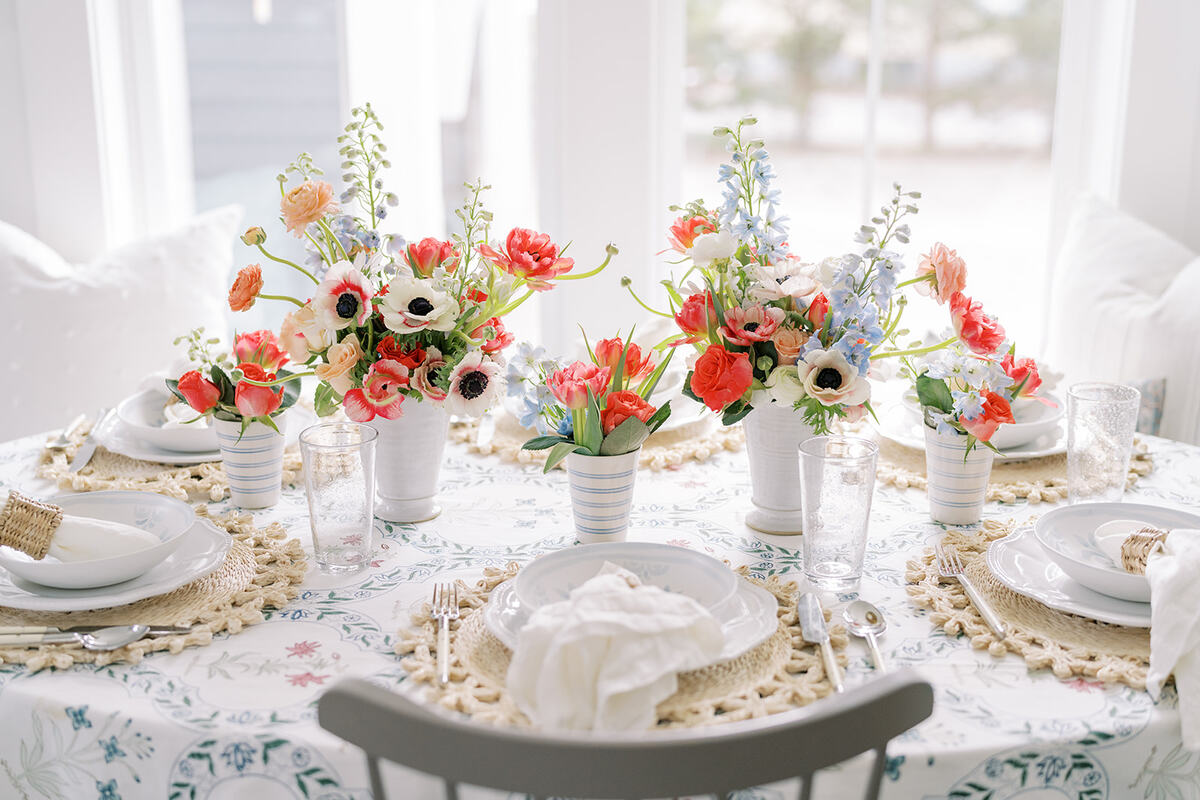
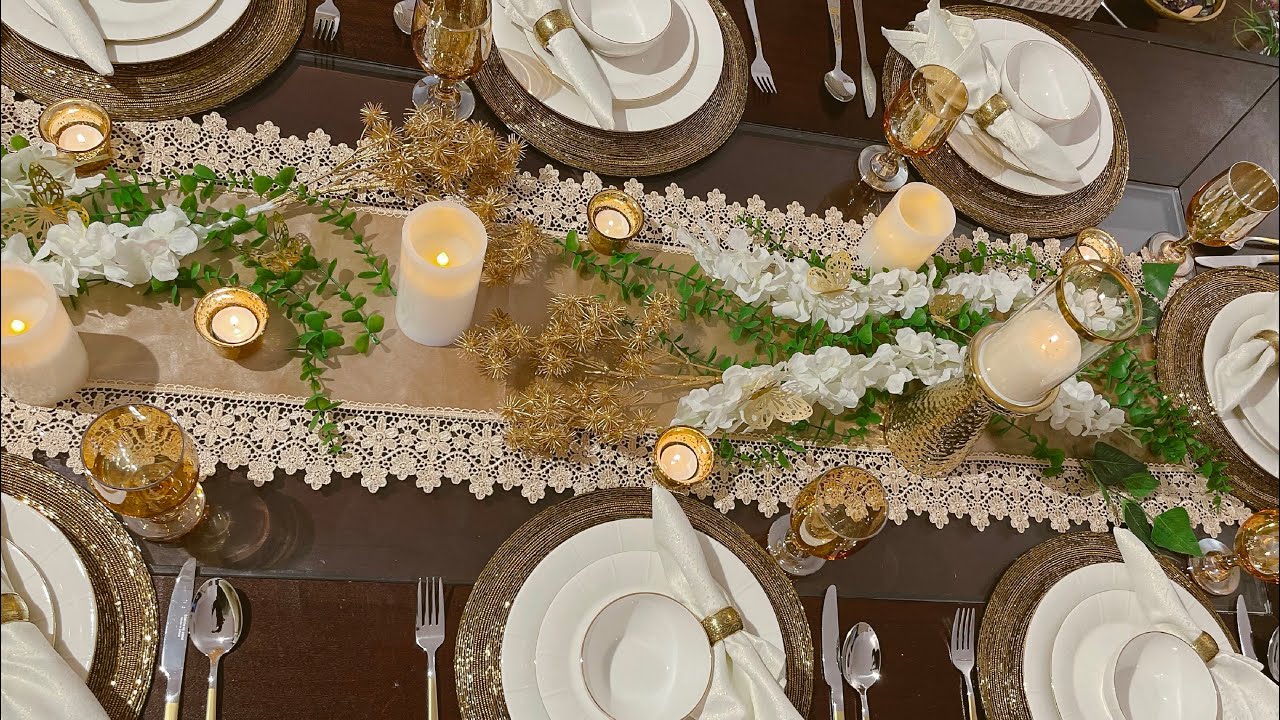
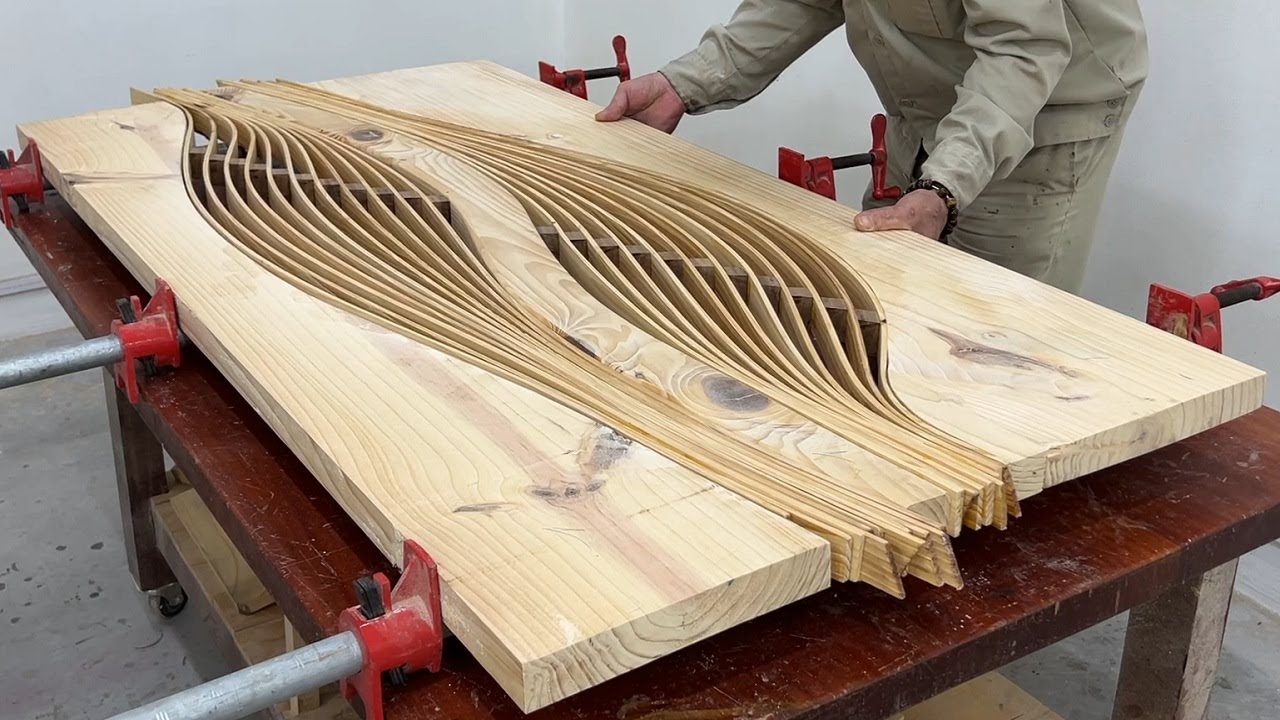
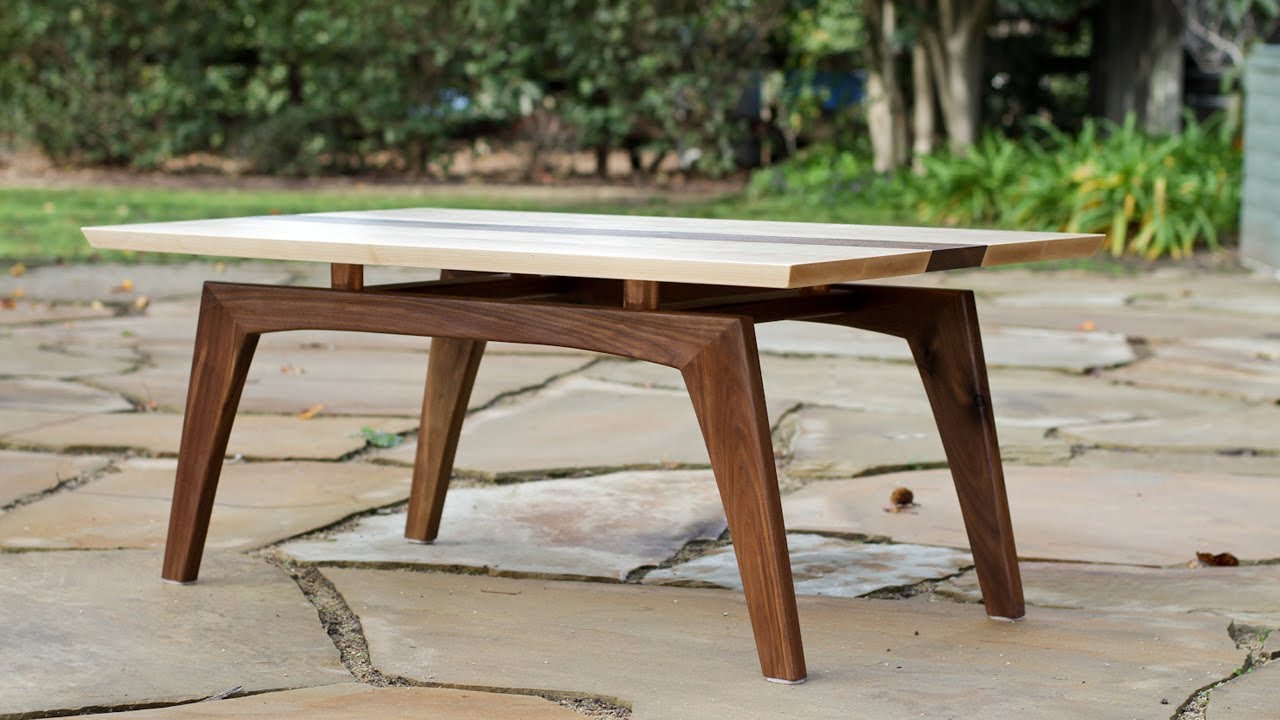

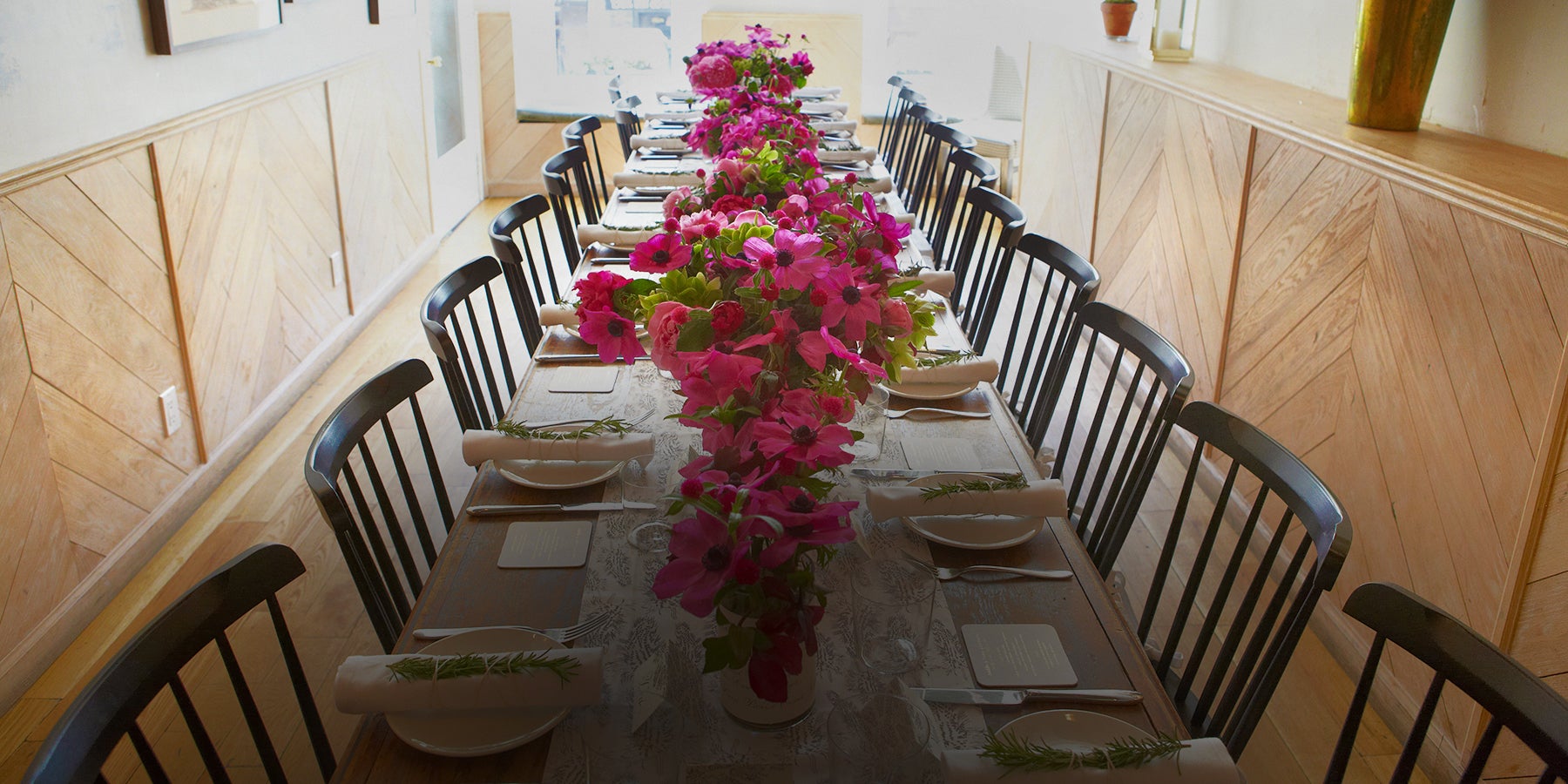
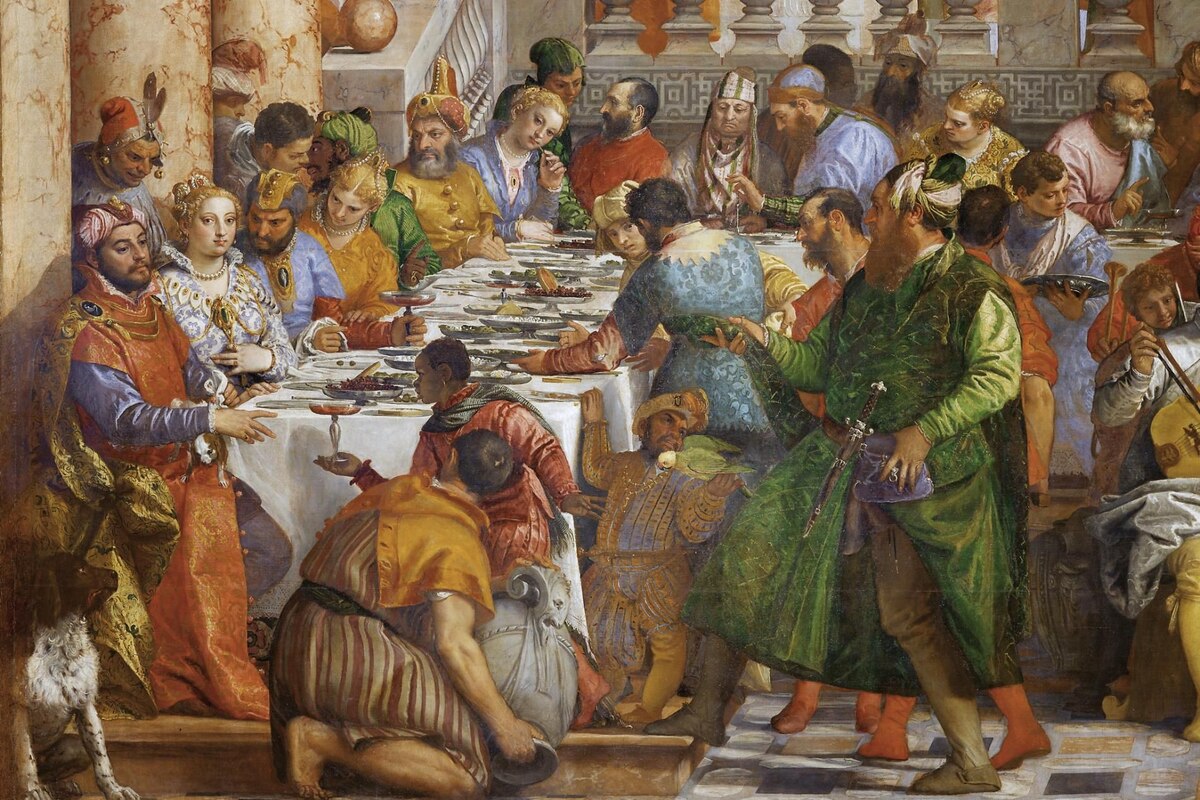
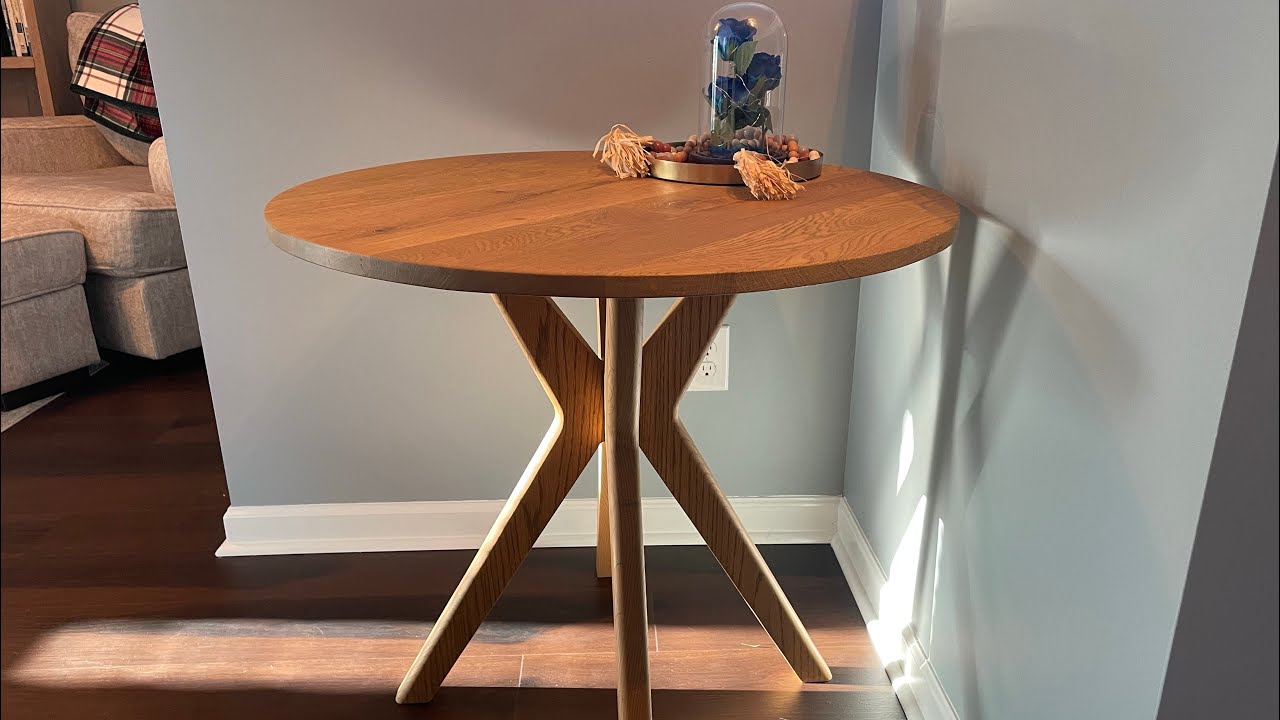
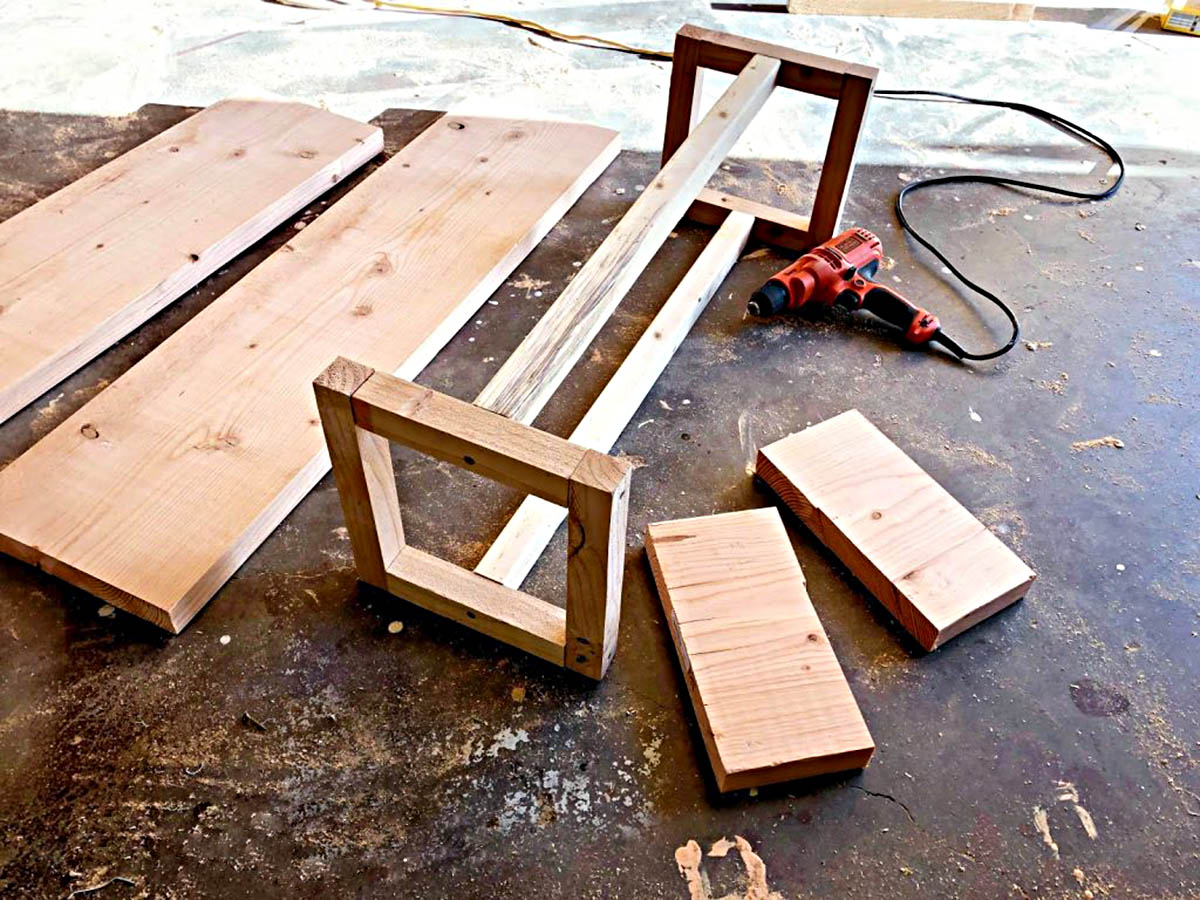
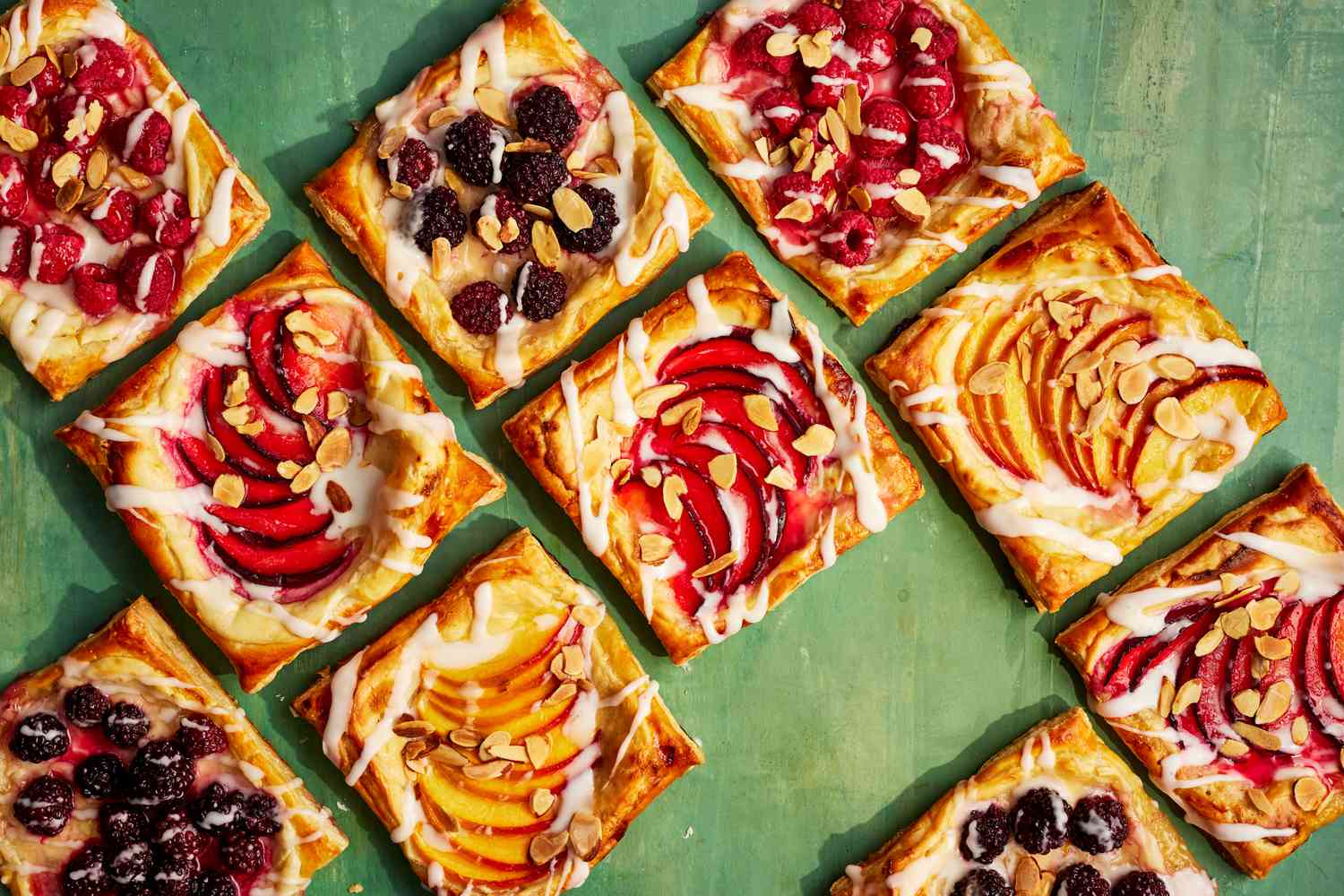
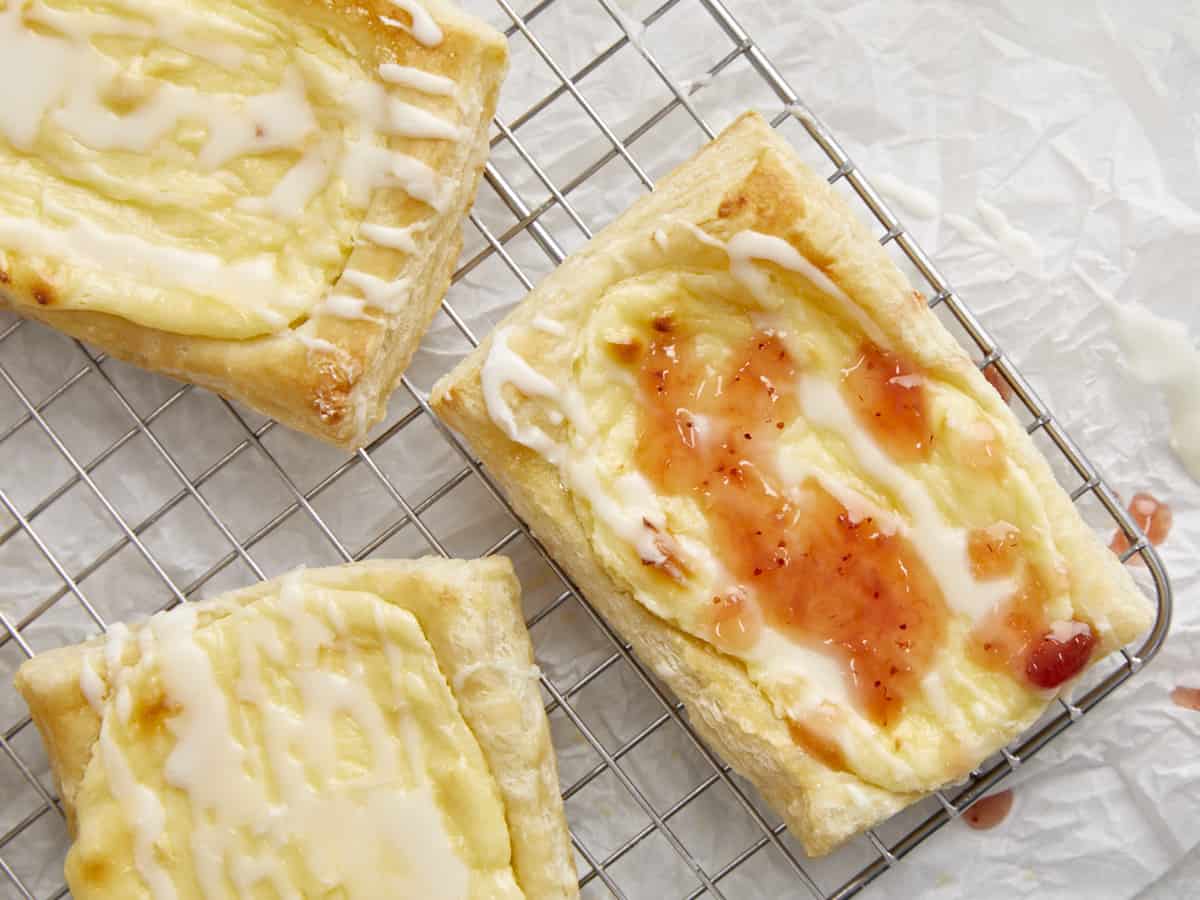
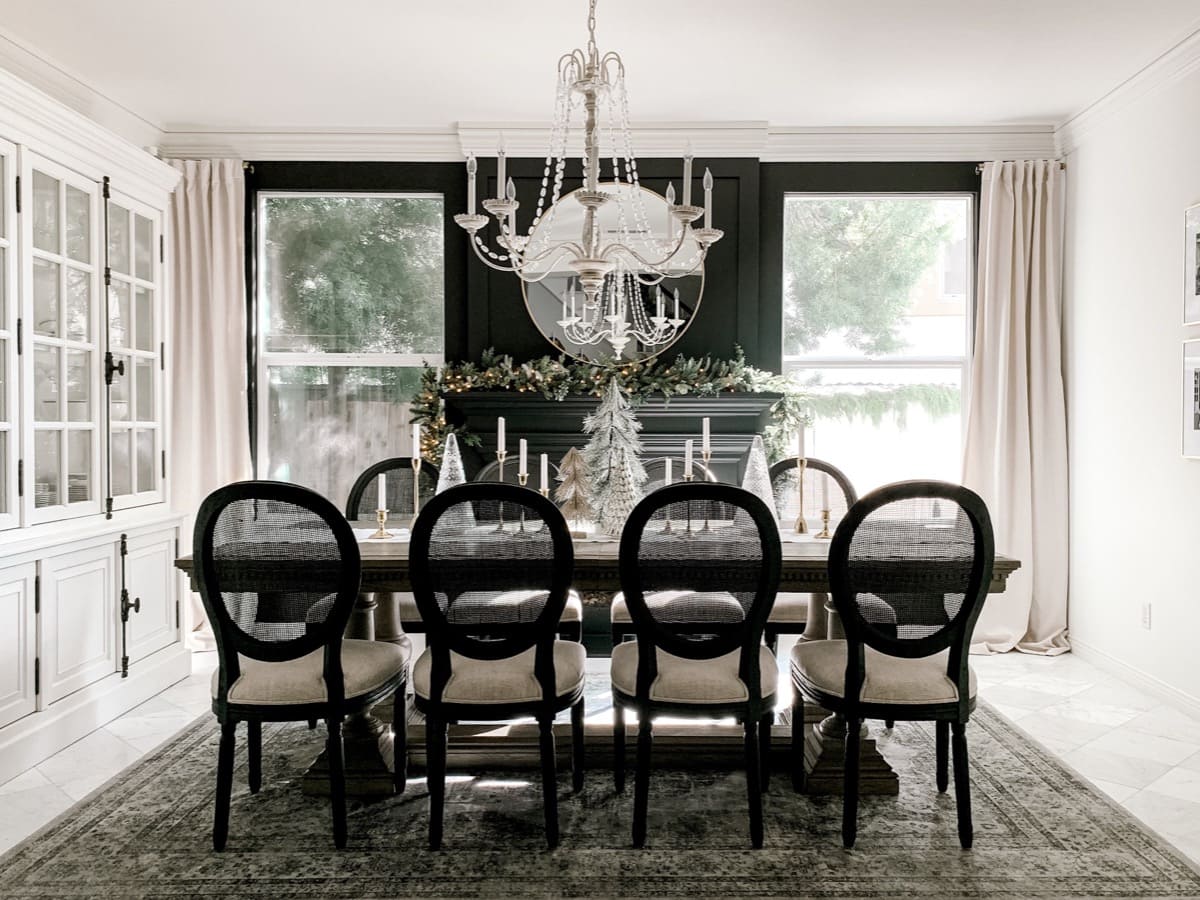
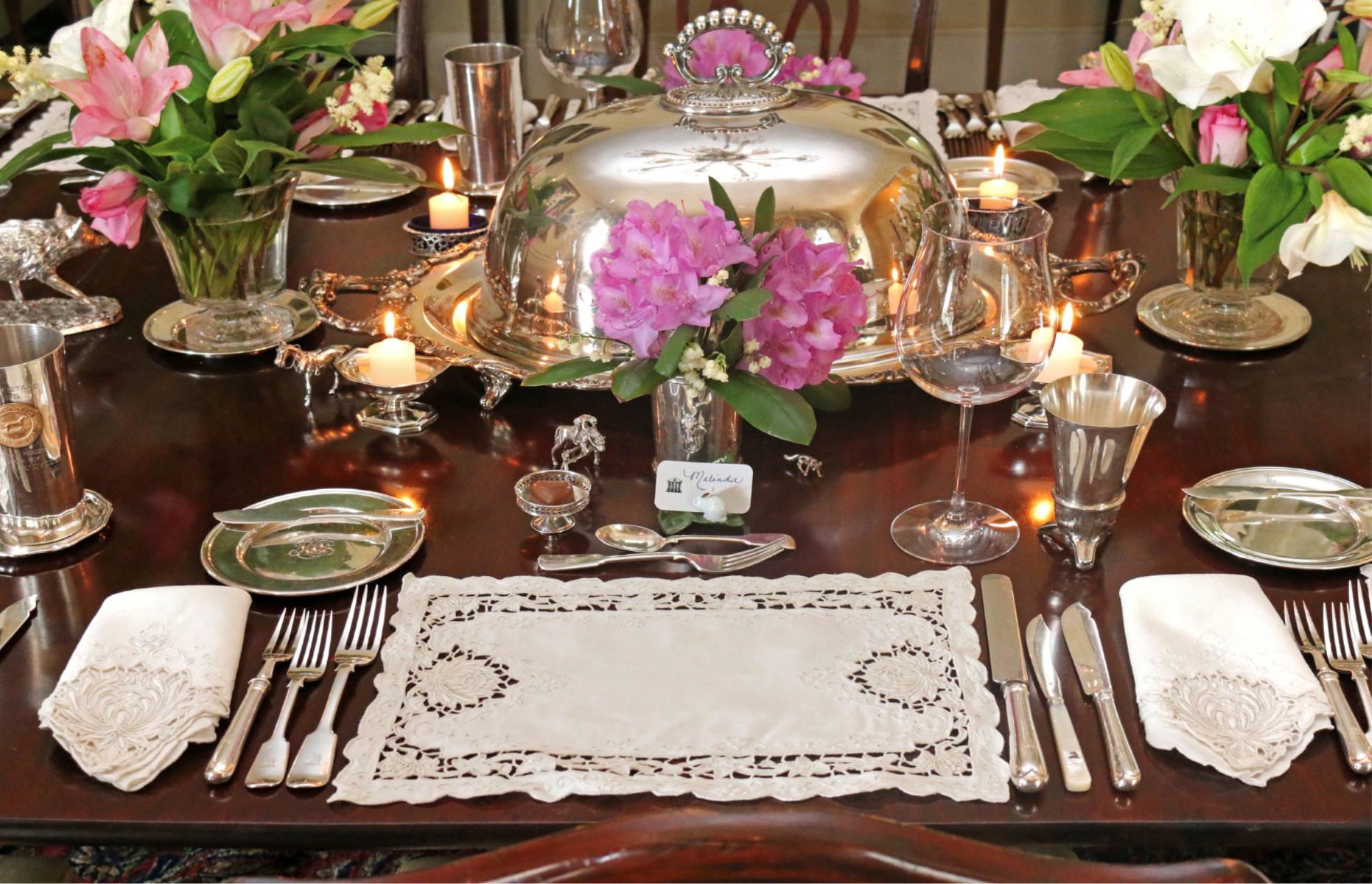

0 thoughts on “How To Set A Danish Modern Table”